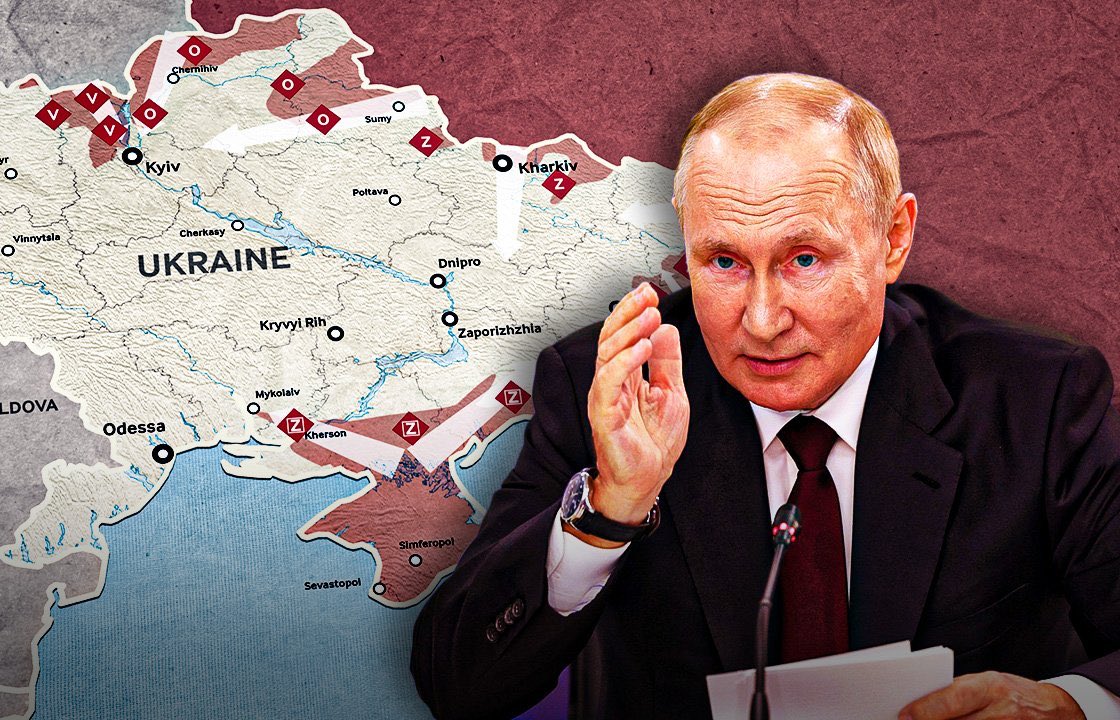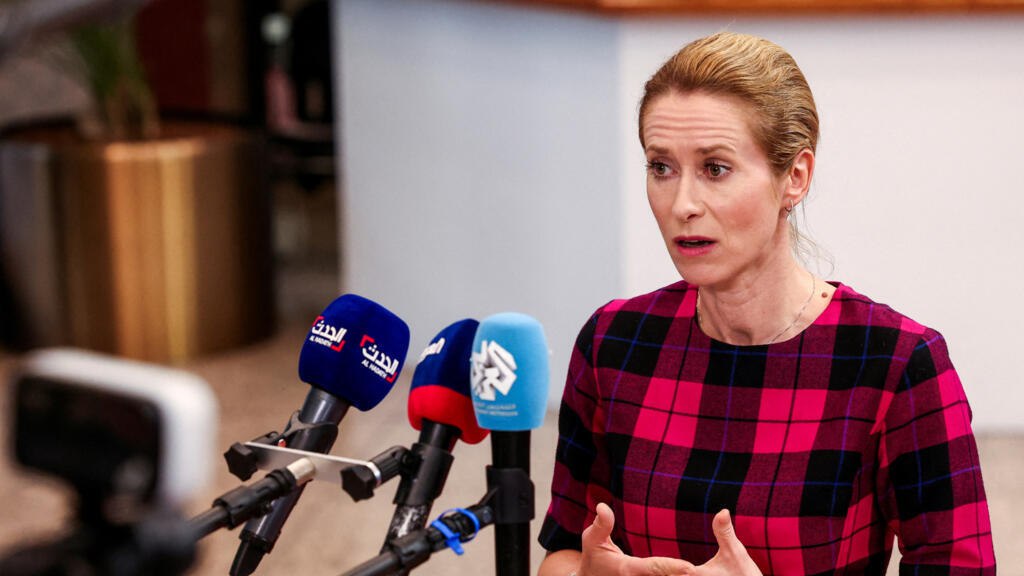The Alaska Meeting: Symbolism, Strategy, and Power Plays
On August 15, 2025, U.S. President Donald Trump will host Russian President Vladimir Putin in Alaska, a meeting framed as a turning point in the ongoing war between Russia and Ukraine. Trump hinted at a “ceasefire” and the possibility of a “territory swap” to benefit both countries. The venue itself is as strategic as the summit itself.
- Historical Significance: The 1867 Alaska Purchase, where the U.S. bought the territory from Russia for $7.2 million, serves as a symbolic backdrop. In a deal that reshaped borders and future alliances, this purchase marked Russia’s retreat from North America and hinted at the geopolitical shifts we see today.
- Geopolitical Buffer: Despite being part of the U.S., Alaska’s proximity to Russia’s Chukchi Peninsula across the Bering Strait allows for a neutral ground between the two powers. This physical distance avoids the psychological “red lines” associated with the U.S. mainland and keeps Europe at a strategic distance. It’s a setting where neither NATO nor EU interference can dictate the talks.
- Direct Dialogue: With a meeting on U.S. soil, Trump and Putin have an opportunity to engage in direct, unmediated discussions, free from NATO or EU oversight. It’s a rare chance to shape the future of the war without external influence or public posturing.

Behind Closed Doors: The Secret Communication Channels
This summit did not appear out of nowhere. Before the official announcement, Trump and Putin held numerous calls and exchanged private notes—details of which were revealed by The Wall Street Journal. Russia, quick to respond, invited Trump to visit Moscow, signaling ongoing covert communications between the two leaders.
These backchannel dialogues underscore the power dynamics at play. While Trump campaigned on quickly ending the war, secret conversations and undisclosed intermediaries reveal that the path to peace is as much about private negotiations as it is about public diplomacy.
Reactions from Ukraine and Europe: The Pressure Builds
News of the summit sent shockwaves through Kyiv and European capitals. Ukrainian President Volodymyr Zelenskyy immediately reached out to European leaders, including Germany’s Friedrich Merz and France’s Emmanuel Macron, warning that any deal made without Ukraine’s consent would be “stillborn.” Zelenskyy emphasized that Ukraine’s sovereignty is non-negotiable and that any discussions that sideline Kyiv would jeopardize lasting peace.
European leaders have echoed these sentiments. While officially voicing support for Ukraine, there are undercurrents of pragmatism. Reports suggest that some European countries are already considering restoring economic relations with Russia once the ceasefire takes hold. This duality—public support for Ukraine while privately strategizing for post-war economic recovery with Russia—reveals the complexities of European politics.
Two Potential Scenarios for the Summit
As the summit approaches, experts outline two likely scenarios:
- A Framework Agreement: The U.S. and Russia might agree on a broad framework where Ukraine makes territorial and neutrality concessions, while the U.S. eases sanctions and offers reconstruction aid. However, any territorial concessions by Ukraine could lead to internal unrest, and Europe would need to provide security guarantees and long-term funding.
- A Stalemate: Alternatively, the summit could fail to resolve core issues like territorial integrity and sanctions. This would leave the conflict unresolved, leading to prolonged military engagements and increasing international tensions, especially within NATO. Public opinion would become increasingly divided, further polarizing the international community.
The Bigger Picture: Diplomacy in the Shadows
Three critical lessons can be drawn from this unfolding scenario:
- The Underground Channels: The Alaska summit represents a culmination of covert diplomacy. While public discussions take place in the open, much of the groundwork has been laid through private talks and back-channel messaging between Trump and Putin.
- A Ceasefire is Not a Solution: The calls for a ceasefire are not a “pause button” but a potential new phase of negotiations. Without a clear peace agreement, Russia may use a ceasefire to regroup, raising the stakes for Ukraine and the broader international community.
- A Bitter Reality: A sardonic view of the situation suggests that the land belongs to Russia, the resources to the U.S., the debt to Europe, and the glory to Ukraine. These competing interests highlight the complex and often cynical reality of geopolitical negotiations.

Conclusion: The Road Ahead
The Alaska summit is not just a meeting between two world leaders. It is a high-stakes diplomatic event where the future of Ukraine’s sovereignty and the balance of power in Europe are at risk. The geography of Alaska, the secretive communication channels, and the political dynamics in play are all part of the larger strategy game being played. While Trump and Putin may hope to broker peace, it is clear that the path to lasting peace must include Ukraine—and that path will not be easy.